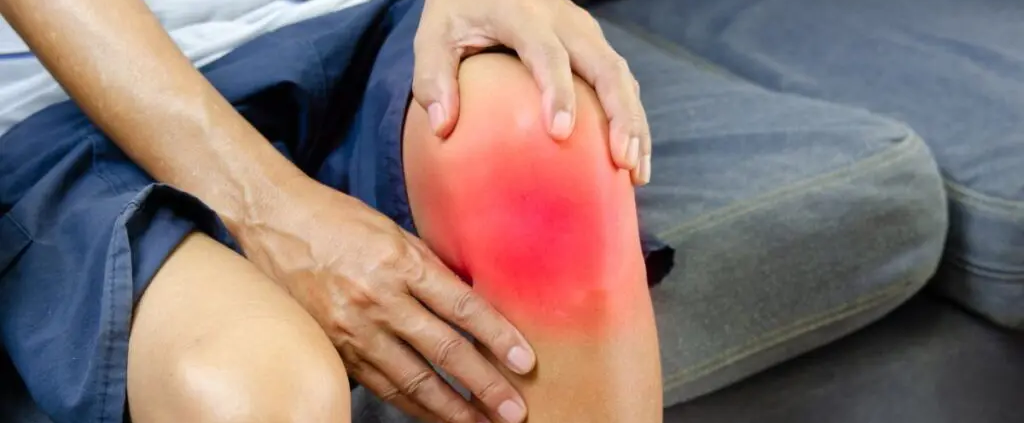Can Sciatica Cause Knee Pain in Teenagers?
Sciatica is often considered an adult problem, but teenagers are not entirely immune—especially with today’s sedentary habits and increased screen time. Can sciatica cause knee pain in younger individuals? It’s a question that has become increasingly relevant for parents and healthcare professionals alike. Let’s explore the causes, signs, and treatments for knee pain that may stem from sciatic nerve issues, especially in teens.
Understanding Sciatica in Teenagers
Though sciatica is most common in adults aged 30 to 50, teenagers can experience it due to various factors like poor posture, sports injuries, or even genetic predispositions. The sciatic nerve runs from the lower back down each leg. When this nerve is compressed or irritated, it can cause a chain reaction of symptoms.
Can sciatica cause knee pain in teenagers? Yes—especially when nerve pressure extends down the leg, which may be mistaken for direct knee problems. While less common in this age group, it should not be dismissed.
How Sciatica Affects the Knee
The sciatic nerve branches into smaller nerves that influence parts of the thigh, leg, and foot. When affected, the pain may localize in:
- The outer part of the knee
- The back of the knee
- The front of the thigh radiating toward the knee
- Areas below or above the kneecap
This can lead to confusion because the pain seems like a knee problem, but the root cause lies in the lower back.
Common Causes of Sciatica in Teenagers
Several underlying conditions or lifestyle choices may contribute to sciatica in younger people:
- Poor posture from sitting or gaming for long hours
- Carrying heavy backpacks on one shoulder
- Athletic injuries or poor lifting techniques
- Herniated discs or spinal abnormalities
- Growth spurts affecting spinal alignment
In many cases, the knee pain isn’t due to joint or ligament damage in the knee but rather radiating pain from the sciatic nerve.
Signs Your Teen’s Knee Pain Might Be Sciatica
Teenagers may find it hard to describe exactly what they’re feeling. Look for these symptoms that might indicate sciatica rather than a standard knee issue:
- Numbness or tingling in the leg along with the knee pain
- Burning or shooting pain from the buttocks down to the knee
- Difficulty standing or sitting for long periods
- Weakness in one leg or foot
- Pain improves when lying down but worsens with movement
If these symptoms appear, it’s time to consider that the knee pain could be sciatic in origin.
When to Seek Medical Attention
Parents and caregivers should pay attention if:
- Pain persists longer than a week
- The teen experiences sudden weakness or difficulty walking
- Symptoms interfere with daily life or sleep
- Over-the-counter pain relief does not help
A physician may perform a physical examination, order X-rays, or suggest an MRI to evaluate nerve compression.
Treatment Options for Sciatica-Induced Knee Pain
Most cases of teen sciatica can be managed with conservative care, avoiding surgery unless symptoms are severe. Here’s how:
1. Physical Therapy
Tailored exercises can help strengthen core muscles, relieve nerve pressure, and improve posture.
2. Anti-inflammatory Medications
Ibuprofen or acetaminophen may help reduce swelling and discomfort.
3. Rest and Heat/Ice Therapy
Alternating between warm and cold packs can reduce inflammation and improve blood flow.
4. Stretching Routines
Daily stretches for the hamstrings, hip flexors, and lower back can relieve tension on the sciatic nerve.
Key Takeaways on Teen Sciatica and Knee Pain
- Sciatica in teens is rare but not impossible.
- Radiating pain from the lower back can mimic knee pain.
- Lifestyle habits and injuries are common triggers.
- Early treatment can prevent long-term damage.
Preventing Sciatica in Teenagers
Preventing sciatica from recurring is possible with healthy habits:
- Encourage good posture during screen time
- Reduce sedentary behavior with regular movement
- Use ergonomic backpacks and chairs
- Promote physical activity that strengthens the back and core
- Stretch regularly, especially after exercise or sitting for long periods
Related Inquiries Answered
Here are some common concerns people have about teen knee pain and sciatica:
Is it normal for teenagers to have sciatic nerve issues?
It’s not typical, but it can happen. Risk factors like sports injuries, poor posture, or congenital spine issues may contribute.
How long does sciatica-related knee pain last?
Mild cases may resolve in days or weeks with rest and proper care. Chronic cases may take longer and need professional intervention.
Can sciatica be mistaken for a knee injury?
Yes, especially if the teen reports only localized pain in the knee area. This is why a full evaluation is important.
Should teens with sciatica avoid sports?
Temporarily, yes until pain subsides. They should reintroduce activity slowly and under guidance.
Final Thoughts
While knee pain in teenagers is often attributed to growth or activity, Can sciatica cause knee pain? Absolutely
and recognizing this early can prevent misdiagnosis and chronic discomfort. With the right care, teens can return to their usual activities pain-free and stronger than before.



Leave a Reply
Want to join the discussion?Feel free to contribute!